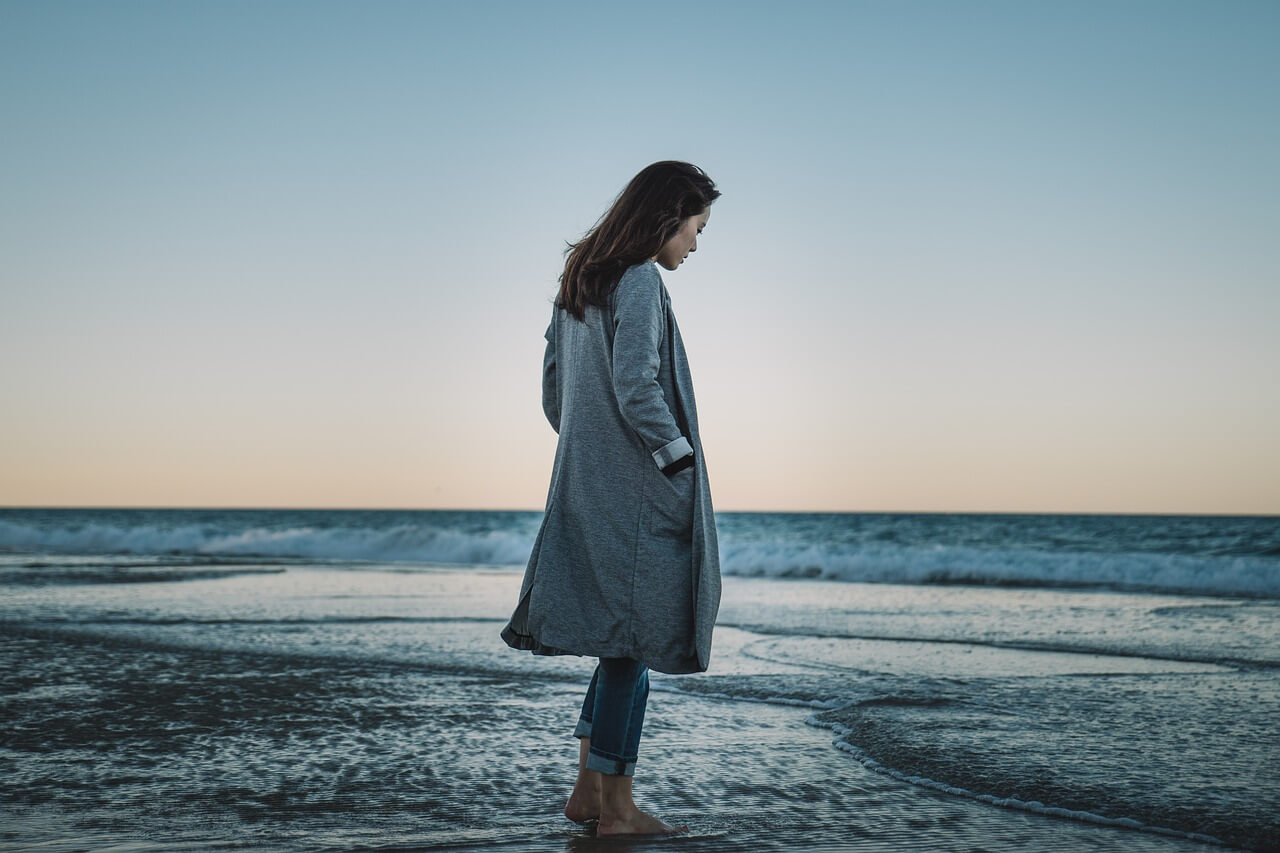- Home
- Uncategorized
- How to Choose the Best Lining Fabrics for your Clothes
How to Choose the Best Lining Fabrics for your Clothes

As hobby sewers, we pay more attention to the outer shells of our garments, and it’s easy to feel discouraged while going through a pile of textiles trying to choose the best lining fabrics. Let’s discuss how to choose the best lining fabrics for your clothes.
Reasons for Using the Best Lining Fabrics for your Clothes
Why bother lining clothes? Clothing lining is an important component to creating and wearing apparel. Here’s why:
- Creates opacity
- Makes the garment durable
- Add warmth
- Makes the garment more luxurious
- Improves the structure of the garment
- Conceals ugly, unfinished seams, interfacing and other details
- Provides a smooth and pleasant touch against the skin
- Makes jackets and coats slip easily over other clothes
In order to choose the best lining for your clothes, it’s a good idea to know what is available and some of the important differences between different lining fabrics. This way, you can select a lining fabric that is best suited for the texture of your textile, and obtain a unique, unseen luxury for your clothes.
Choosing the Best Lining Fabrics for your Clothes
Some of the most popular lining fabrics are silk, viscose, acetate, polyester and rayon. The key to choosing the best lining fabrics for your clothing is to have information about the type of fiber used to make the fabric. This is important because the fiber affects the way the lining feels against the skin, how it drapes and sews and its ability to allow moisture vapor to be transmitted through the material.
There are three main categories of fiber to consider while choosing the best lining fabrics for your clothes. They include natural, artificial and synthetic fibers.
Natural Fibers
Silk Lining
It’s soft and available in different forms like sheer, semi-sheer, opaque, matt or shiny. One of the most commonly used and easily available lining is silk habotai, which is also spelled habutai or habutae.
Originally woven in Japan, it’s now usually woven in China. That is why it is also known as China silk or pongee. It’s a lightweight, smooth silk fabric that has an elegant sheen.
Since it has a semi-sheer gloss, it’s usually used as lining for delicate textiles like summer blouses, lingerie, kimonos, jackets, pants and skirts. However, it is not good in warm weather, and it requires a lot of care. However, silk linen is expensive.
Cotton Lining
This is a soft, breathable fabric although it’s not static. It is machine washable and it feels good against the skin. Cotton’s low cost and availability makes it a popular choice. But it is not slippery – it wrinkles easily and shrinks after washing.
Sewing Tip: Wash cotton lining before sewing it under the garment.
Wool Lining
Wool warms and insulates the garment. It’s breathable and soft. Still, it’s itchy, too warm for the summer and it requires special care, which is time consuming.
Artificial Fibers
Cupro Lining
Cupro or “cupra” is a man-made fiber. It’s also known as “Bemberg”, as it was owned by the J.P. Bemberg company. Chinese websites in the fashion retail industry call it “ammonia silk”.
It resembles silk and cotton, which is a great combination. It’s durable, good for breathing, static-resistant, smooth like silk and more affordable than silk. Cupro lining is commonly used for men’s jackets, vests and pants. Also, it’s lightweight, which makes wool suits comfortable and breathable. An all-season fabric, it’s cool in the summer and warm in the winter. But it stains easily and the fabric is not strong.
Acetate Lining
It is less glossy than polyester, it creates static and it’s suitable for breathing. However, it’s subject to wear and tear, wrinkles easily and is less absorbent.
Synthetic Fibers
Polyester Lining
Polyester lining is glossy, soft, strong, wrinkle-resistant, machine washable and inexpensive. At the same time, it’s unsuitable for breathing, maintains odours, which is irritating and it’s uncomfortably warm in hot weather.
Viscose and Rayon Lining
These fabrics are breathable, static-free, soft like silk and they drape well. Nevertheless, they wrinkle easily and they are likely to shrink after washing.
Well, as you can see, there are many lining options to choose from.
Sewing Tip: Pay close attention to the weight of the fabric. Various linings are favorable for heavier fabrics while lightweight garments require lightweight lining. In addition, printed lining fabrics are wonderful for a playful mood.
Now you have the information you need., what are you waiting for? Start sewing it under your garments for elegance and a luxurious look.
Do you have questions regarding our lining fabrics? Don’t hesitate to contact us today.


